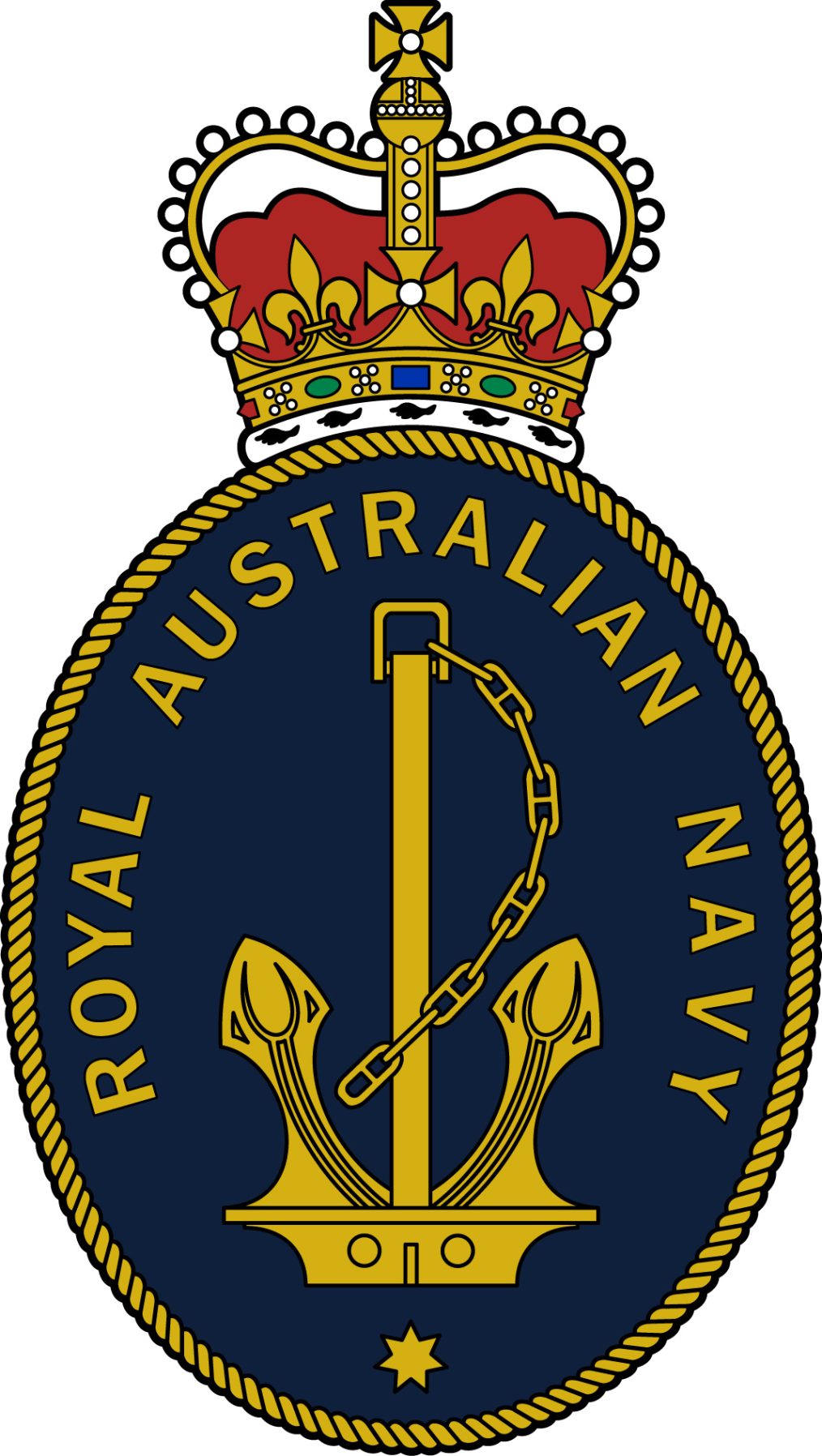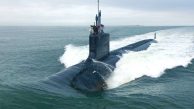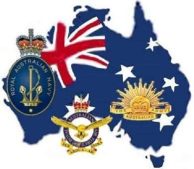
Australia’s Naval Fleet Renewal Faces Urgent Decisions
Australia’s naval capabilities are under increasing scrutiny as the government faces pressure to expedite its decision on a new fleet of warships. The looming presence of a Chinese flotilla off the coast has heightened concerns about the navy’s readiness and the urgency of modernising its surface fleet.
Military analysts have emphasised the need for a swift resolution on whether a German or Japanese firm will secure the $10 billion contract to construct 11 frigates, replacing the ageing Anzac-class vessels. The decision was initially expected this year, but indications from defence officials suggest it may be pushed to early next year, citing the complexity of procurement processes that traditionally take several years.
Currently, Australia’s fleet of surface combatants is set to shrink to nine vessels next year, a decline from 11 the previous year. Maintenance and upgrades further limit operational availability. Given the increasing activity of foreign naval forces in the region, delays in fleet renewal could impact national security and maritime surveillance capabilities.
Government representatives have reiterated their commitment to expediting the process, underscoring the strategic necessity of deploying new warships as soon as possible. The aim is to ensure the Royal Australian Navy is adequately equipped to respond to emerging threats and operational demands in a rapidly evolving geopolitical landscape.
The sighting of a foreign task group conducting live-fire exercises last week has reinforced the importance of bolstering maritime defence. The exercises disrupted commercial aviation routes and prompted diplomatic protests over inadequate notification. Defence analysts argue that Australia’s existing surface fleet is among the oldest and smallest in its history, necessitating urgent action to enhance naval capabilities.
Industry experts have urged policymakers to adhere to the initial timeline, stressing that any further delays could hinder shipbuilding progress and impact defence readiness. The withdrawal of older frigates further exacerbates fleet constraints, with additional decommissioning expected in the near future. Compounding these challenges, both of the navy’s oil tankers have been non-operational since last year due to mechanical defects, limiting the fleet’s refuelling capacity.
Strategists highlight the rapid expansion of foreign naval forces in the Indo-Pacific, with adversaries adding the equivalent of Australia’s entire fleet every few years. The need for increased surveillance, monitoring, and maritime response capabilities has never been more pressing. The coming months will be crucial in determining whether Australia can meet these challenges with the necessary speed and decisiveness.



